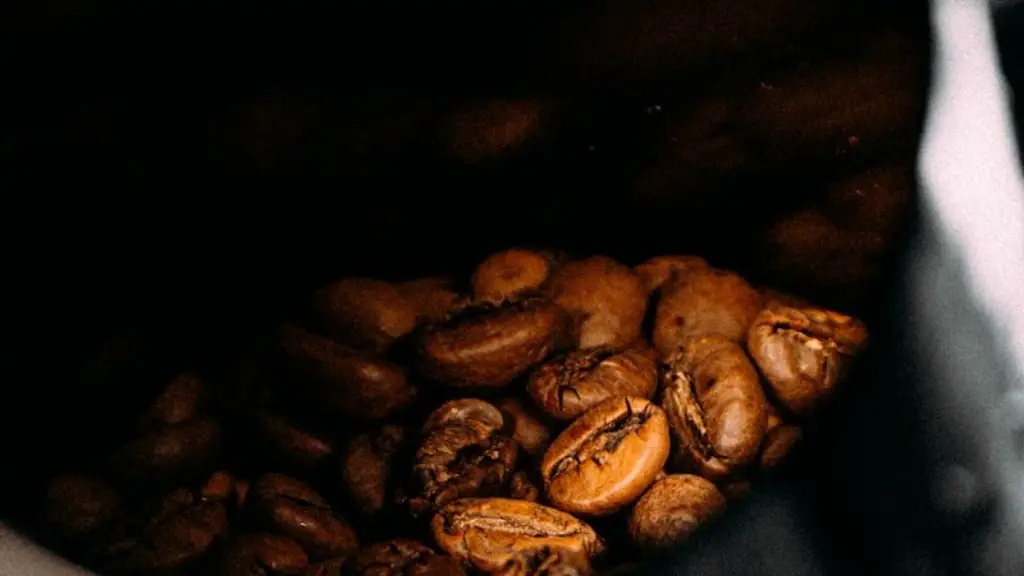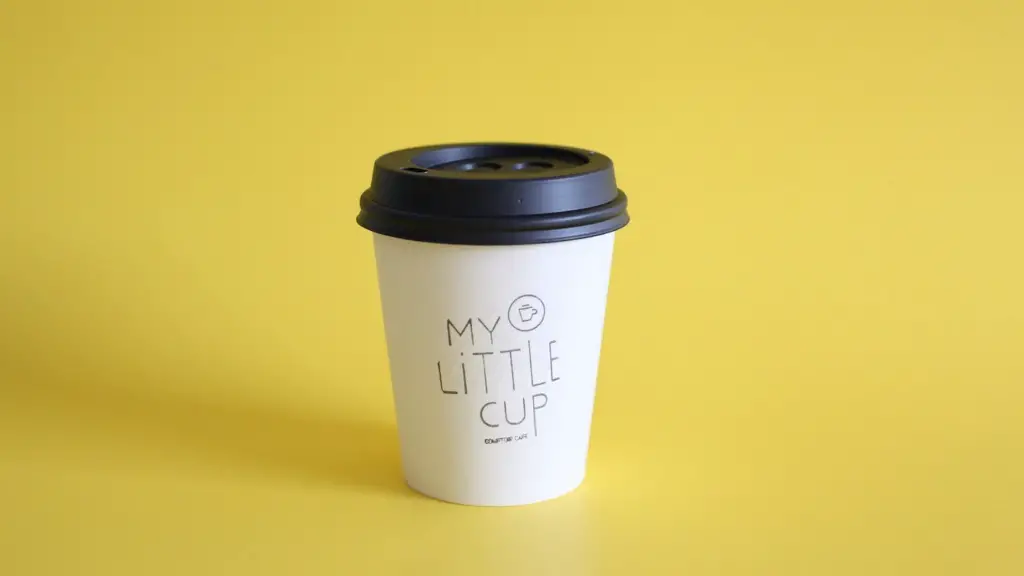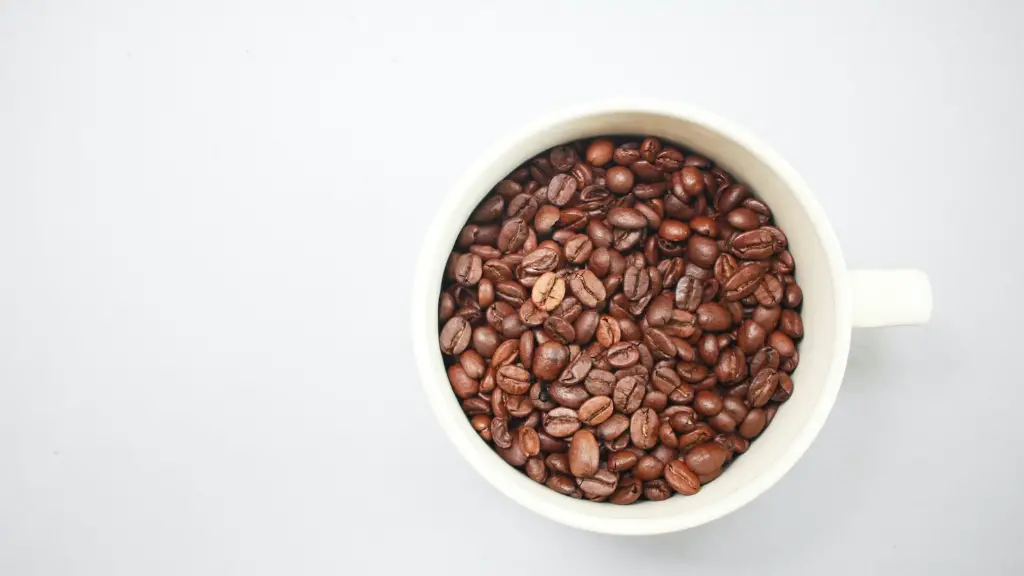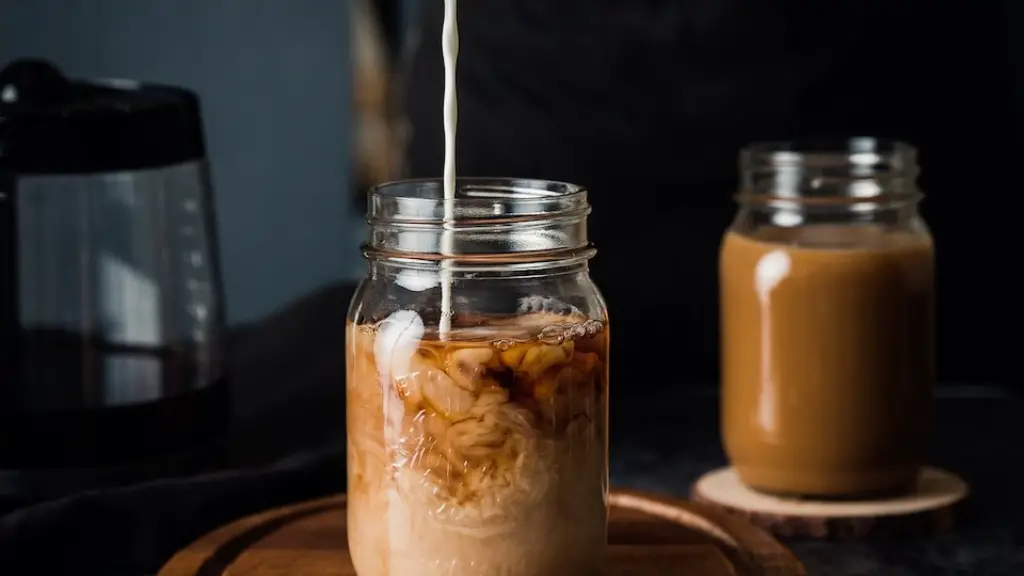How Long After Roasting Coffee Can You Drink it?
Coffee is a favorite treat for many people. Roasting coffee beans is essential to bring out their full flavor and aroma, but many don’t realize precisely when you should enjoy your brew. Knowing how long after roasting coffee to wait before drinking it can help you enjoy it to its fullest and avoid unpleasant flavor.
Why is Time Crucial After Roasting?
Roasting coffee beans can affect the flavor, aroma, and subtle nuances of the brew. The heat of the roasting process releases a lot of gases. These gases created during the roast process need time to straighten out. If you don’t wait sufficiently long between roasting and brewing, the aromas and flavors of the beans can escape into the atmosphere instead of going into your cup.
Fortunately, time works to your advantage with coffee. Usually, waiting for at least 12 to 24 hours after roasting allows the beans to clarify and develop into a beverage that will tantalize your taste buds. Experts suggest waiting up to 36 hours before brewing.
Does the Roast Affect Brew Time?
The waiting period also differs depending on the roast color and flavor preference. Light roast coffee beans typically take less time to roam out compared to dark roast beans. The average time should be around 12 to 18 hours for lighter roast and 18 to 24 hours for dark roasts.
Whether you prefer light or dark roast, the freshest cup of coffee is the most enjoyable. If you are eager to enjoy a cup of joe, you can always get pre-roast coffee and grind it according to your preference.
What Happens During the Cooling Process?
Another piece of the coffee puzzle is the cooling process, which should happen right after roasting. Cooling the beans helps reduce the amount of gases, which can alter and degrade the flavor. On the other hand, you shouldn’t wait too long to brew coffee after cooling it. The goal is to find a balance between degassing and flavor loss that occurs over time. Ideally, the optimal window to drink coffee is 1-2 days after cooling.
Does Not Cooling the Coffee Matter?
Ignoring the cooling process, or waiting until after the time proposed for the optimal brewing can still give satisfactory results. All you need to do is adjust the extraction and grind adjustment. You can do this by dialing in your grinder increments. To brew coffee that has been roasted too long and has been sitting for over 2 days, dialing in the grinder setting can help overcome the oxidized taste.
Signs of Unroasted Coffee Beans
Knowing the signs of unroasted beans can be helpful in making sure you wait the proper time before drinking your coffee. Unroasted coffee looks green and has a grassy smell. The beans are also much harder then compared to when roasted, and their size often doesn’t change much during the roasting process.
Storing Coffee Beans
Once the beans have been roasted and cooled, storing them properly will keep the flavor and aroma rich. Storing the beans in an airtight container and keeping them in a cool and dark place will preserve their flavor and aroma and extend their shelf life. It is also important to remove all the gas released during roasting and cooling. Make sure to release the gas every 24 hours and if the beans are left for more than 48 hours, exhaust them again before brewing.
Grinding Coffee Beans
Grinding coffee beans is an essential step to make any coffee, so using the right size grind can make even the oldest coffee taste great. Having the right grind size is especially important when it comes to espresso brewing. For example, if you grind your coffee too small, it affects your extraction and gives a sour taste to the coffee. Similarly, if you grind too large, you don’t get enough of the coffee dissolved in the brew and taste extremely bitter.
Experimenting with different options is essential to get the perfect combination. As a general rule, grind coarser for drip coffees and finer for espresso coffees.
Brewing Coffee Beans
Brewing coffee beans is an art form unto itself. Even with the freshest beans waiting the optimal amount of time, incorrect brewing can detract from the desired flavor. Make sure to use the right water temperature when brewing as this makes a difference in how much of the flavor is extracted from the beans. The ideal temperature is between 195-202 degrees F (90-94℃).
Using the appropriate brewing method and the right ratio of coffee to water is also key to making a great cup of joe. For example, when using a drip method, the usual ratio is one to two tablespoons of ground coffee per 6-8 ounce cup. Make sure to read the device’s instructions manual when using an espresso machine.
Type of Brewing
Depending on the preferences, each brewing method has its advantages and disadvantages. Drip brewing offers a convenient way of brewing a fresh cup of coffee with just a few ingredients and common kitchen tools. Espresso brewing gives a full bodied cup with unique flavor nuances and the most crema. Pour-over brewing methods, such as the French press, offer the most variability in flavor when done correctly. Cold brewing gives a smooth and sweet cup of coffee with a much lower acidity.
Flavored Coffee Beans
Another way to enjoy a cup of joe is with flavored coffee beans. These beans are usually roasted and then scented with natural and artificial flavors. Coffee flavored with cinnamon, hazelnut, and other flavors offer a variety of flavors to choose from. However, it is important to make sure the beans you drink did not contain any harmful ingredients.
Decaffeinated Coffee Beans
An alternative to the caffeine-rich beverage is decaffeinated coffee. Decaffeinated coffee offers the same great taste without the caffeine. Coffee is decaffeinated through various methods and techniques, but some of the most popular methods are the swiss water method and chemical solvent method.
No matter which type of coffee you prefer, due to its unique flavor and chemical structure, freshness is key. Time can make an enormous difference after roasting, so make sure to wait at least 12 to 24 hours and up to 36 hours for a delicious cup of coffee.



